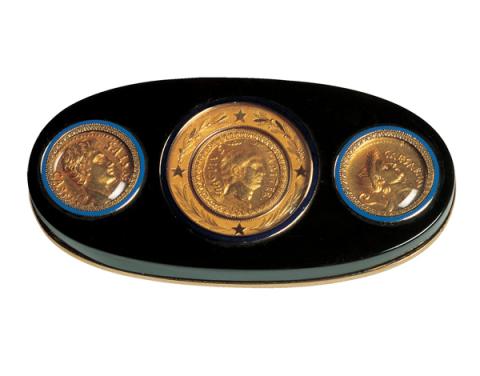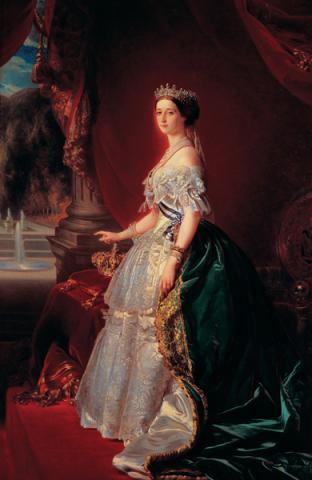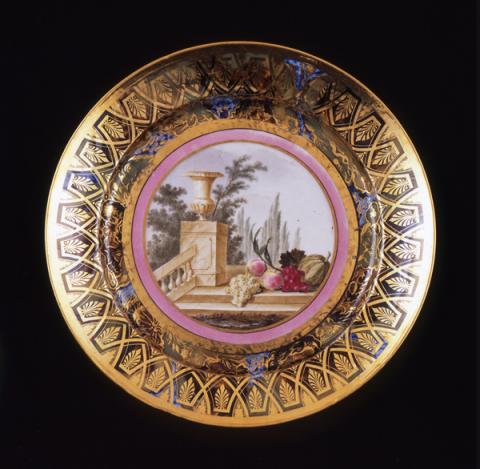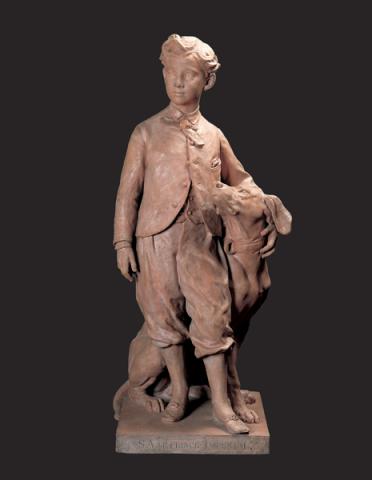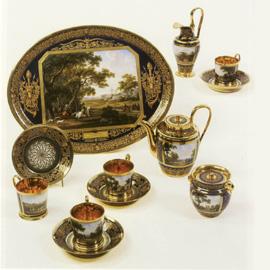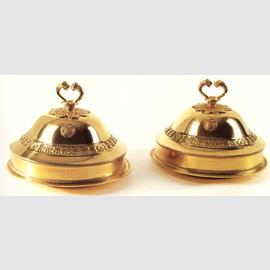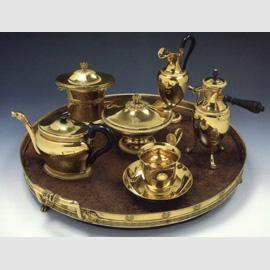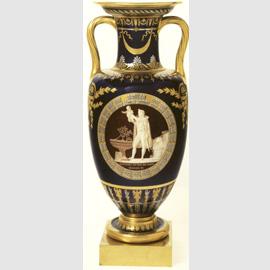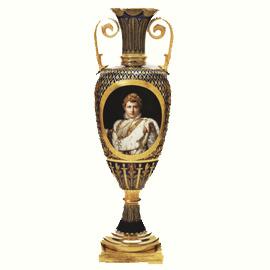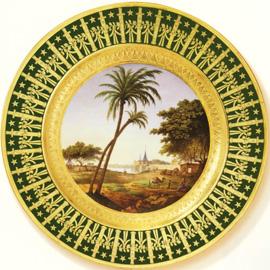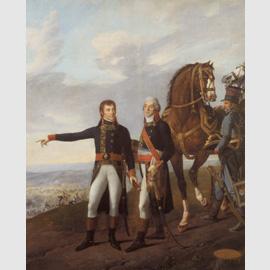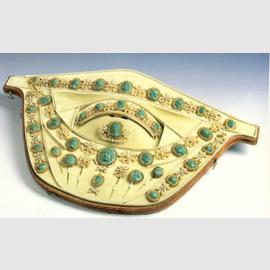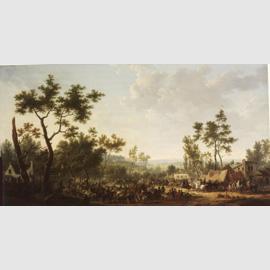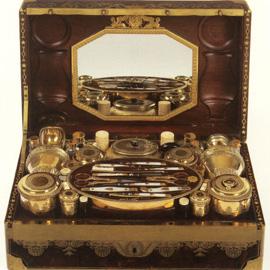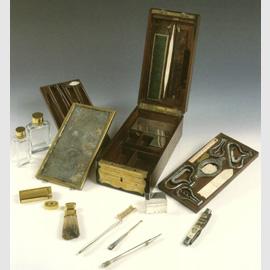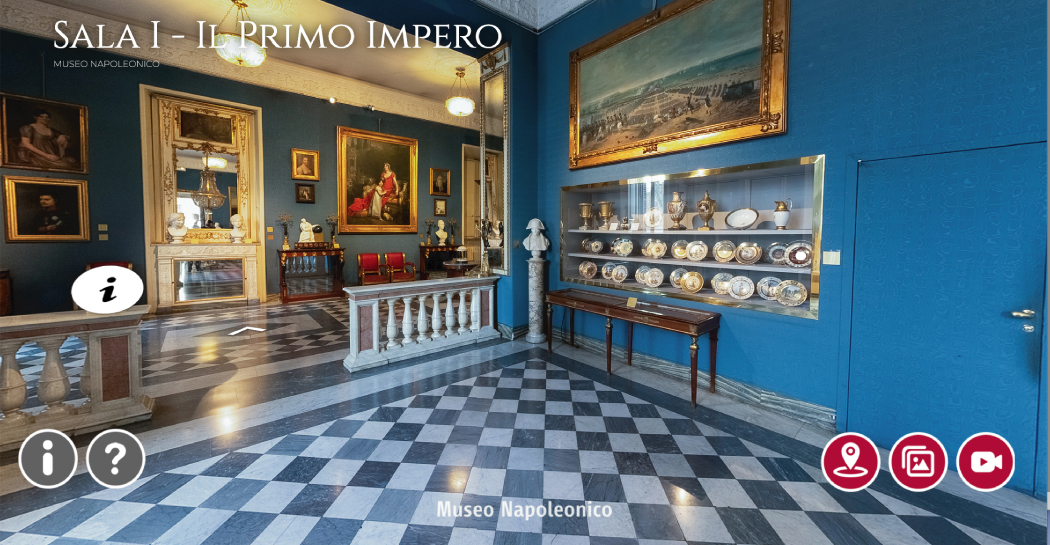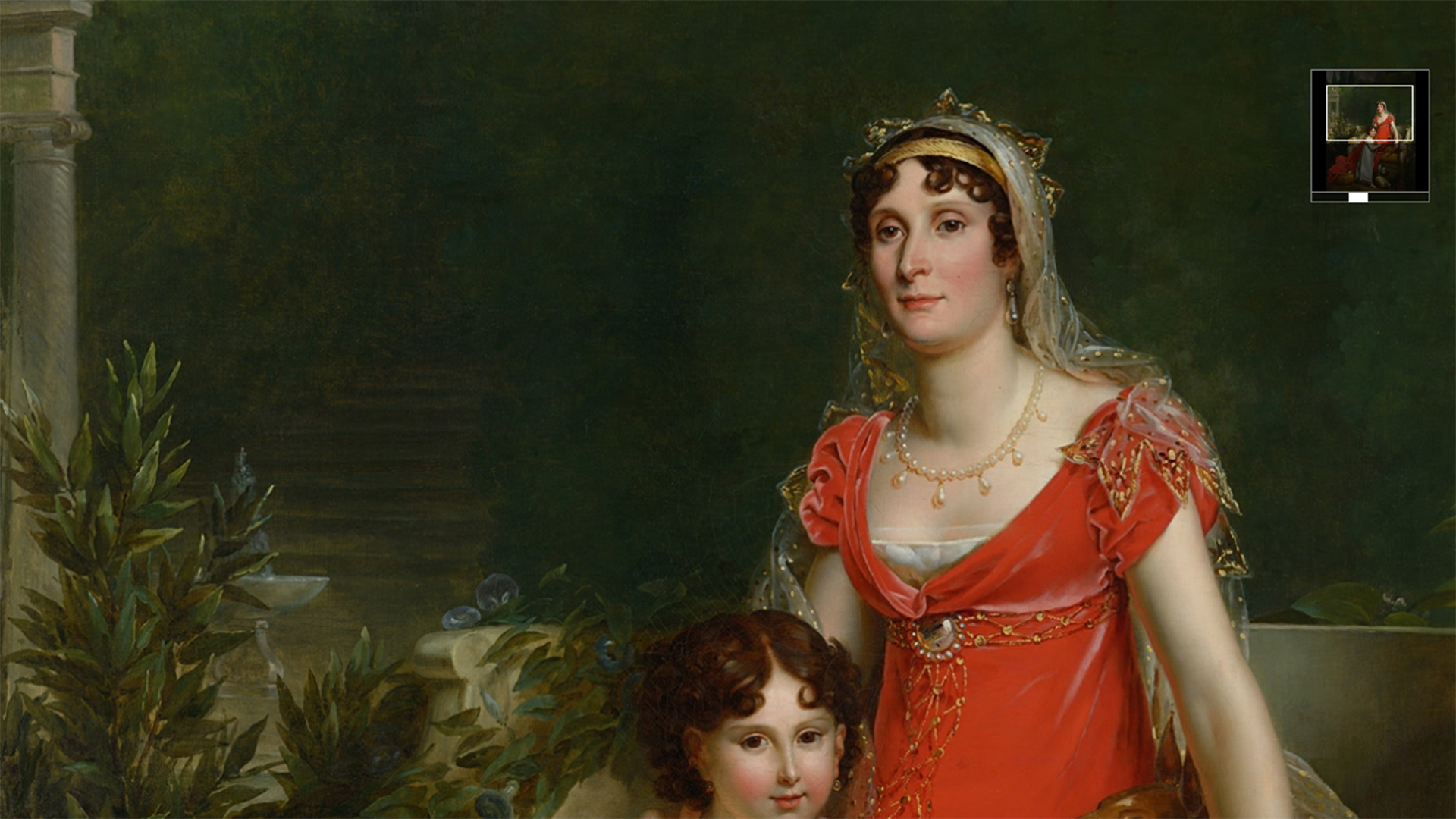Napoleon. Imperial splendour
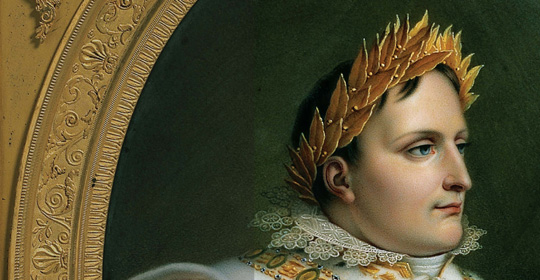
Italy will have a chance to behold, after France, Mexico and Germany, the portion of the Trésor of the Fondation Napoléon of Paris tied to the First Empire. Two hundred works will be on display from 15 February to 25 May 2008 at the Napoleonic Museum of Rome, in a new exposition space that will be officially unveiled for the occasion.
The exposition, entitled Napoleon. Imperial Splendour. The Treasures of the Fondation Napoléon, will also include a number of works from the Musée de l’Armée, the Musée de la Malmaison and a private French collection, plus two paintings on loan from the Praz Museum.
The curators are Giulia Gorgone and Maria Elisa Tittoni.
The many shared traits of the French collection and that of the Napoleonic Museum make the exposition a perfect fit for the historical-artistic setting of the Roman institution. The 200 works on display – paintings, drawings, miniatures, furnishings, garments, porcelain and jewels – allow the visitor to tour the magnificence of the Imperial Court, demonstrating the skill of the artists and master craftsmen of the age.
The pieces on display provide an idea not only of the official pomp of the Court, but also of its more hidden, domestic features, resulting in a wide-ranging portrait of Napoleonic society as a whole. In addition to the paintings and drawings, numerous objects used in commonplace activities are on exhibit, such as tobacco-cases, an accessory very dear to the Emperor (who, in dressing, as told by his valet Marchand, would select the right tobacco-case for the vest pocket of his uniform as the last act in the ritual), plus vases, sets of plates and cups, the various nécessaires and pocket watches.
Porcelain plays a large role in the exhibit: among the most interesting pieces is a Sèvres fuseau vase bearing a portrait of Napoleon dressed for the Sacre, a piece given by the Empress Maria Luisa to the wife Marshall Ney as a Christmas gift in 1813; a set of 19 plates from a service particulier de l’empereur was commissioned from Sèvres by Napoleon himself for the “imperial table”.
Two of these plates were decorated with scenes from Napoleon’s 1807 visit to Venice, depicting his entry into the city and the regatta held in his honour on the Grand Canal. The decorator based his work on a pair of paintings by Giuseppe Borsato, both the property of Vivant Denon: Today the two canvases are kept in the Praz Museum, and they are part of the exhibition as well.
There are also numerous works presenting Napoleon in his role as conqueror. The Battle of Marengo is brought to life by a large painting done Boze, Lefèvre and Vernet – with General Bonaparte, recently appointed First Consul and flanked by his Chief of Staff Berthier, dominating the battle scene – as well as by the very uniform that Napoleon wore during the fighting. Further enriching the section on military campaigns is the Aigle de drapeau, one of the standards of the Grande Armée, plus a helmet and breastplate used by the French cavalry, together with quite a few sabres.
A preparatory sketch for Le Sacre by Jacques-Louis David hearkens back to the majestic ceremony of 2 December 1804 in Notre-Dame. The sketch shows Napoleon crowning himself, while the scene in the final version of the grand work kept at the Louvre depicts the Emperor as he crowns his wife Josephine. The major phases of the complex ceremony are documented in a series of eight watercolours by the architect Fontaine.
The last section of the exhibit (the sixth) is focussed on the waning years of Napoleon’s extraordinary existence. The period spent in exile on Sant’Elena is marked by a number of the Emperor’s personal objects, including his nécessaire dentaire (Napoleon always took very good care of his teeth) and the nécessaire de portemanteau (with everything he needed for his personal hygiene) used during the military operations in Austerlitz.
From 12 June through 12 September 2008, the exhibit will move to the Island of Elba, where it will be housed in the two facilities of the National Museum of Napoleonic Residences: the Palazzina dei Mulini and the Villa San Martino in Portoferraio.
Sillabe, edited by Bernard Chevallier e Karine Huguenaud
Information
tuesday - sunday 9.00am - 7.00pm
The ticket office closes one hour before closing time.
Closed on monday and 1st may
€ 5,50 ordinary
€ 4,00 reduced
Tickets and reservations
060608 every day 9.00am - 10.30pm
The event is sponsored by the Department of Cultural Affairs of the City of Rome, the Napoleonic Museum and the Ministry of Cultural Resources, Office of the Superintendent of Environmental, Architectonic, Artistic and Historic Resources for the Provinces of Pisa, Leghorn, Lucca and Massa Carrara, plus the National Museum of the Napoleonic Residences on the Isle of Elba, which will be the second Italian stop of this itinerant exhibition.
Banche tesoriere, Vodafone, Amici dei Musei
La Repubblica, AON


























